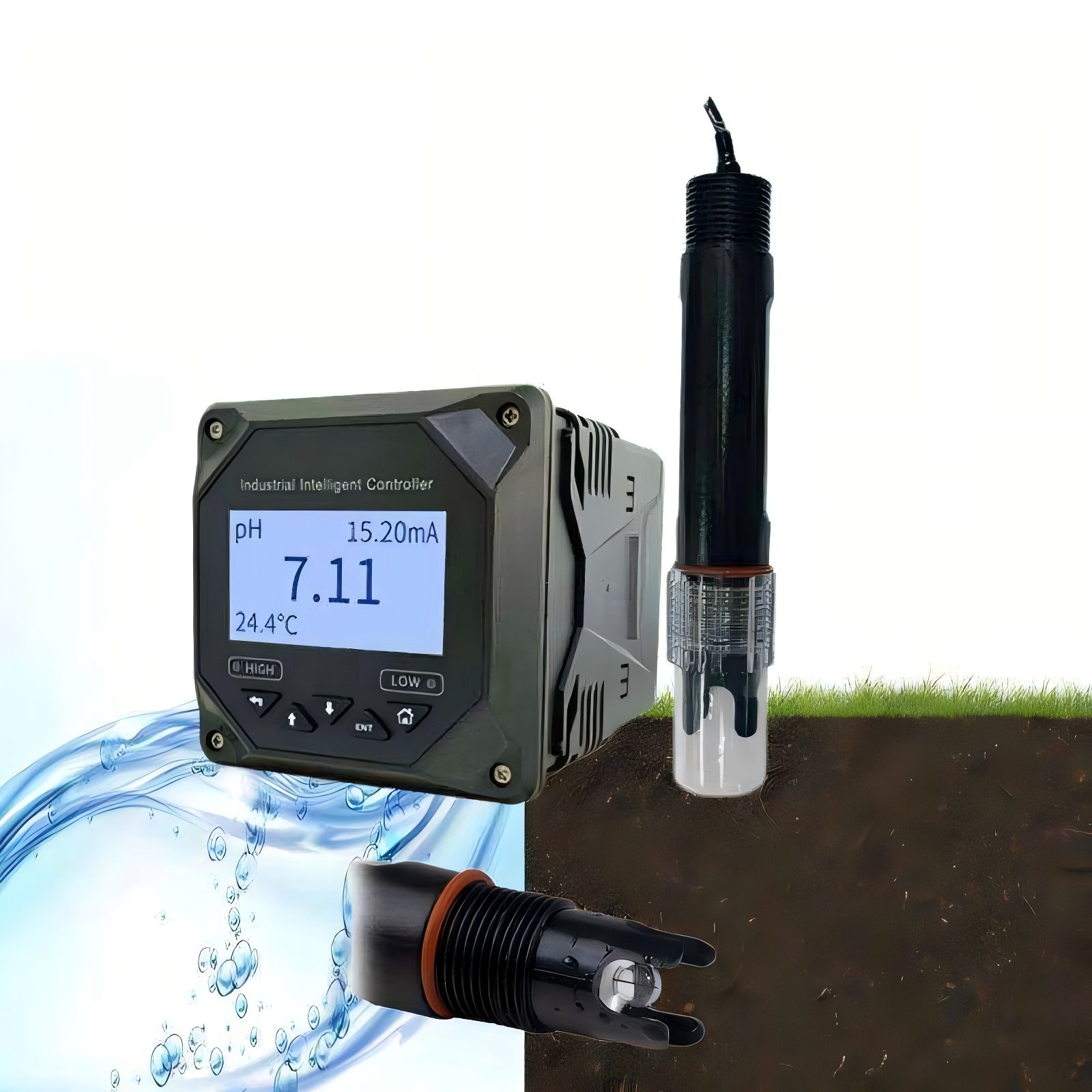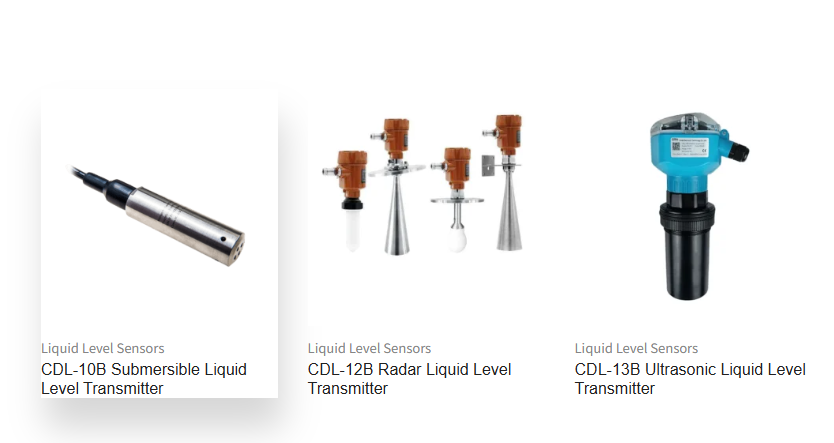Introduction
Aquaculture, also known as fish farming, is rapidly expanding. It plays a crucial role in supplying a sustainable protein source to populations globally. However, maintaining a healthy aquatic environment is critical to ensure the growth, health, and productivity of the fish.
The right sensors can greatly improve fish farm management. They provide real-time data on water quality and environmental conditions. This article will look at the important sensors used in fish farms. The functions and how they help improve fish farming practices will be explained.
Water temperature is one of the most crucial factors influencing fish health and growth. Different fish species like certain water temperatures. If the temperature changes too much, it can cause stress, poor feeding, or even death. Water temperature sensors measure the temperature in real time and send alerts when temperatures go beyond the desired range.
Optimal Growth: Each fish species has an ideal temperature range for growth and reproduction. For example, salmon prefer cooler water temperatures, while tilapia thrives in warmer water.
Preventing Stress: Extreme temperatures can cause stress in fish, making them more susceptible to diseases.
Regulating Systems: In controlled environments like fish tanks, maintaining consistent water temperature is vital for fish health.

pH sensors measure the acidity or alkalinity of the water. Fish do well in water with a certain pH level. Significant changes in this level can make them uncomfortable and slow their growth.
A pH sensor keeps track of this level. It makes sure the water stays in the right range for the fish being farmed.
Healthy Fish: The pH level directly affects fish health, influencing their metabolism, growth, and overall immune system.
Algae Control: If pH levels are not right, algae can grow too much. This can lower oxygen levels and harm the fish.
Water Quality Management: Monitoring pH is crucial for adjusting other water treatments, such as adding lime to adjust alkalinity or managing chemical balances.
Dissolved oxygen (DO) is essential for the survival of fish. Fish require oxygen to breathe, and its availability in water is critical for their respiration. DO sensors keep track of the oxygen levels in the water. This helps farm operators make sure the oxygen levels are high enough for the fish to be healthy.
Fish Respiration: Without adequate oxygen, fish can suffocate, leading to high mortality rates.
Monitoring Oxygen Levels: DO levels can fluctuate because of water temperature, biological activity, and water movement. Monitoring these fluctuations helps farmers take preventive actions.
Increasing Productivity: Maintaining high oxygen levels promotes healthy fish, enhancing growth rates and reducing the risk of diseases.
Turbidity sensors measure the clarity of the water by detecting suspended particles such as dirt, plankton, or pollutants. High turbidity can block light.
This affects the growth of plants and algae. It can also disrupt the natural ecosystem. A turbidity sensor helps farm managers detect when the water becomes too murky and requires filtration or treatment.
Healthy Water Ecosystem: High turbidity can reduce oxygen levels and create stress on fish.
Water Treatment: Farmers can monitor turbidity. This helps them take quick actions. They can improve filtration or change feeding practices to reduce organic waste.
Fish Visibility: Clear water helps fish find food. Too much turbidity can make it hard for them to feed.
Ammonia is a toxic byproduct of fish metabolism and decomposing organic matter, including uneaten feed and fish waste. Ammonia sensors detect the levels of ammonia (NH3) and alert the farm manager when the concentrations exceed safe limits.
Toxicity Prevention: High ammonia levels can cause ammonia poisoning. This is harmful to fish. It can hurt their gill function and lead to death if not treated.
Water Quality Control: Monitoring ammonia helps farmers manage waste and optimize filtration systems to reduce ammonia buildup.
Environmental Health: Keeping ammonia levels in check contributes to a healthier water environment, minimizing the risk of disease outbreaks.
Nitrate and nitrite are also byproducts of fish waste and can be harmful in high concentrations. Nitrate/nitrite sensors measure the levels of these compounds in the water, ensuring they stay within safe limits for fish.
Preventing Toxicity: High levels of nitrate or nitrite can cause toxicity. This can harm fish and other aquatic life.
Efficient Water Treatment: Monitoring these compounds helps in managing filtration systems and water changes effectively.
Aquaculture Sustainability: Proper monitoring of nitrates and nitrites contributes to maintaining a balanced and sustainable aquaculture environment.
Salinity sensors measure the salt concentration in the water, which is especially important in brackish or marine fish farming. Fish species in different environments require specific salinity levels for optimal growth and health.
Species-Specific Requirements: Different species of fish thrive in different salinity ranges. For example, marine species require higher salinity levels than freshwater species.
Regulating Water Salinity: Salinity sensors help farm operators maintain proper salt levels in saltwater or brackish water environments.
Preventing Stress: Sudden changes in salinity can stress fish, leading to reduced immunity and slower growth.
Conductivity sensors measure how well water conducts electricity. This is linked to the amount of dissolved salts and minerals in the water. This parameter helps to assess the overall water quality, particularly the ionic balance.
Water Quality Monitoring: Conductivity shows if there are dissolved solids in the water. These can harm fish health and water filters.
System Regulation: Conductivity sensors help make sure the water is not too "hard" or "soft." They provide the right ionic balance for healthy fish.

Water level sensors monitor the water depth in tanks or ponds to ensure that water levels remain consistent. They can trigger alarms when the water level is too high or too low, ensuring the fish are not exposed to potential hazards.
System Stability: Maintaining a consistent water level is essential for the stability of the fish farm's infrastructure.
Preventing Overflow: Checking water levels helps stop overflow or water loss. This can protect equipment and keep fish safe.
Using different sensors in fish farms offers many benefits. These include improved fish health, better water quality, and more efficient farming methods. Farmers can use these sensors to check important factors like water temperature, pH, dissolved oxygen, and ammonia levels. This keeps a stable and healthy environment for the fish.
Investing in modern sensor technology not only helps improve productivity but also supports sustainable aquaculture practices. As the fish farming industry continues to grow, adopting advanced monitoring systems will become increasingly essential for success.
Learn how CODA Sensor solar radiation and PAR se
Discover how real-time weather station data impr
Discover how Automatic Weather Stations (AWS) ar
Contact: Molly
Phone: +86-17775769236
Tel: 86-0731-85117089
Email: molly@codasensor.com
Add: Building S5, Aux Square, Yuelu District, Changsha City, Hunan Province, China
We chat